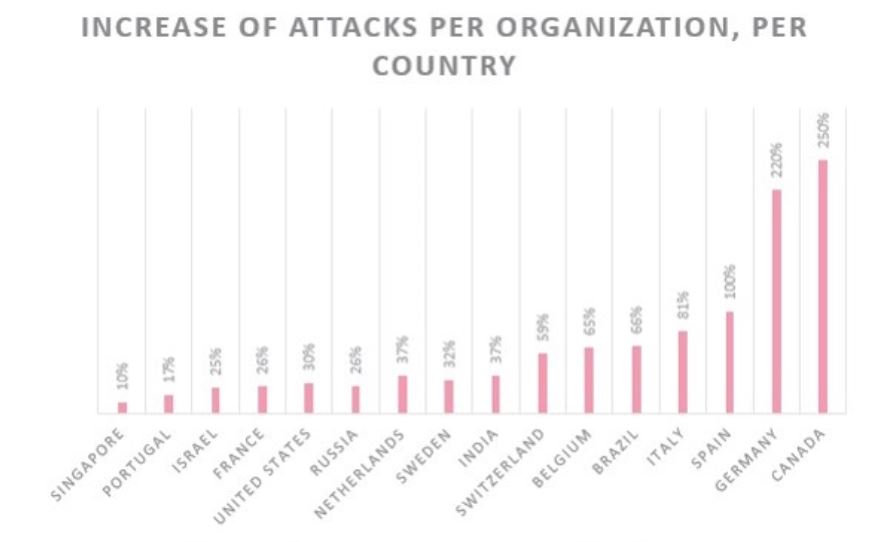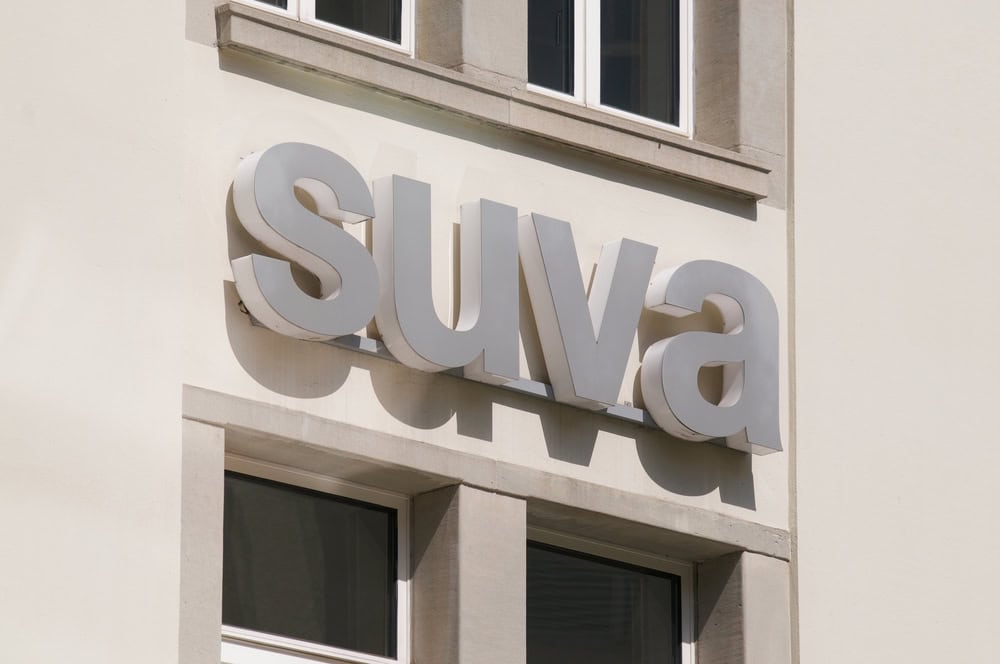Cyber attacks on Swiss hospitals on the rise
Checkpoint reports a global increase in cyberattacks on healthcare organizations. These are said to have increased by as much as 45 percent worldwide in the last two months. Switzerland is also affected.

Check Point Research reports a dramatic increase in cyber attacks on healthcare organizations. Globally, they are said to have increased by 45 percent in the last two months. Hospitals are particularly desirable targets for cybercriminals, as the institutions would be more willing to comply with demands for payment, according to security forensics experts. Meanwhile, according to Checkpoint, the increase in global attacks on the healthcare sector is double that of cyberattacks in all other sectors. It cited a range of attack methods, including ransomware, botnets, remote code execution and DDoS attacks. Ransomware saw the largest increase and represents the biggest malware threat to healthcare organizations compared to other industries, it said.
Ransomware attacks on Swiss hospitals: increase of 59 percent
The increase in attacks on the healthcare sector occurred mainly in Central Europe (with an increase of 145 percent), and for North America the increase was comparatively 37 percent. However, East Asia is also listed with a figure of 137 percent. There was a dramatic increase in the number of attacks in Canada (with over 250 percent), followed by Germany with an increase of 220 percent. In Switzerland, attacks are reported to have increased by 59 percent in 2020, according to a graph from Checkpoint Research:

Safety tips for healthcare organizations
With hospitals currently targeted by cyberattackers, particularly due to Corona emergencies, Checkpoint Research advises institutions to take some key security precautions:
"Ryuk" and other types of ransomware exploits usually start with an initial infection with a Trojan one. Often, this initial infection occurs days or weeks before the ransomware attack begins. Therefore, security professionals should be on the lookout for "Trickbot", "Emotet", "Dridex" and "Cobalt Strike" infections in their networks and remove them using threat scanning solutions, as all of them can open the door for "Ryuk".
More Awareness on weekends and holidays: Most ransomware attacks last year occurred on weekends and holidays, when IT and security personnel are less likely to be working.
Use of Anti-ransomware solutions: So-called "anti-ransomware solutions" are proving to be effective tools that allow companies to return to normal operations within minutes in the event of an infection, according to Checkpoint.
Employees via malicious emails Inform: Training users to detect and avoid potential ransomware attacks is critical, he said. Since many of the current cyber attacks begin with a targeted phishing email, training should be considered one of the most important defenses an organization can provide.
The federal recommendation is to patch old versions of software or systems, which may be impossible for hospitals because systems cannot be patched in many cases. Therefore, Checkpoint recommends using the Intrusion Prevention System (IPS) with virtual patch function to seal vulnerabilities in vulnerable systems or applications.
Source: Checkpoint Research









